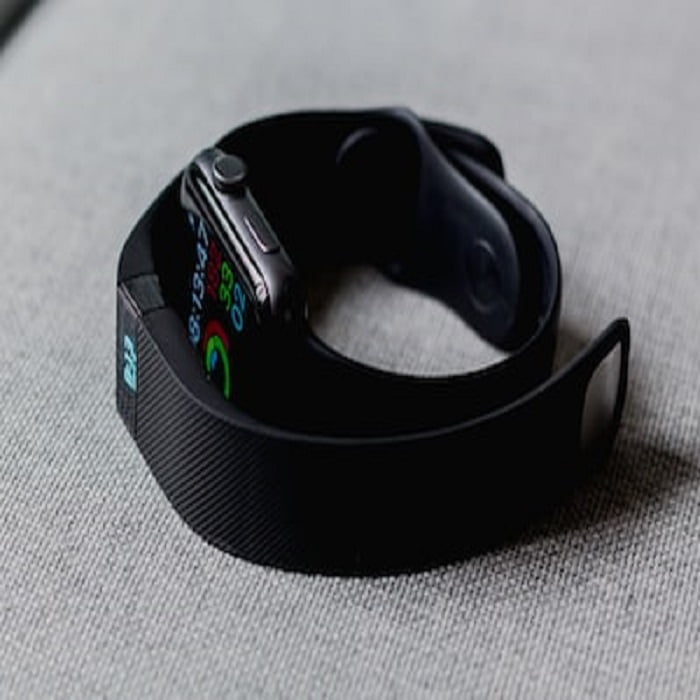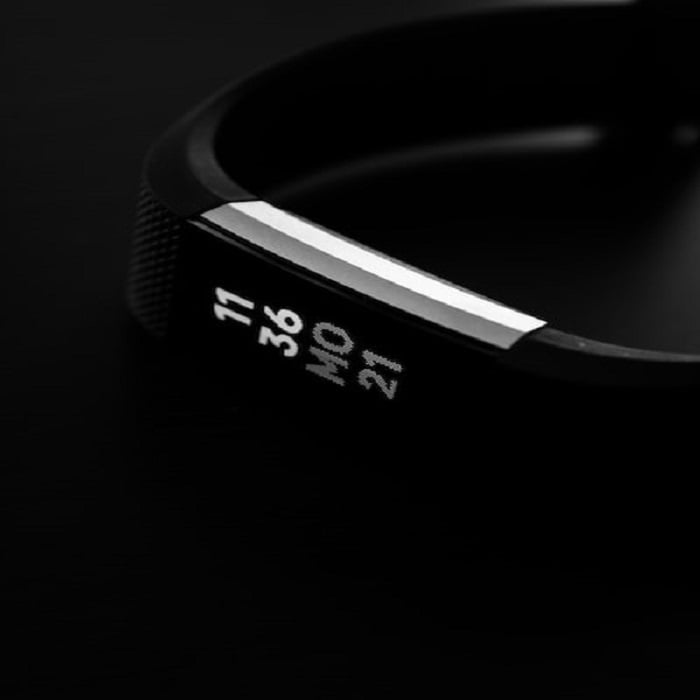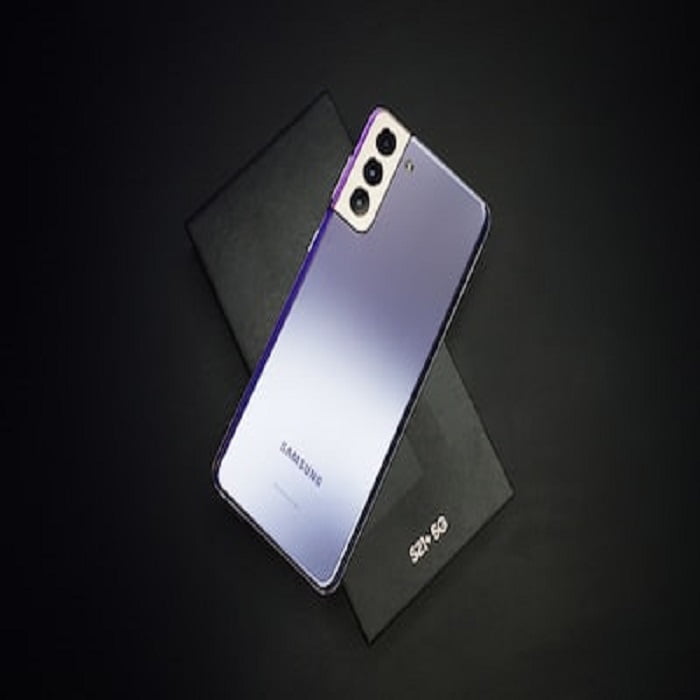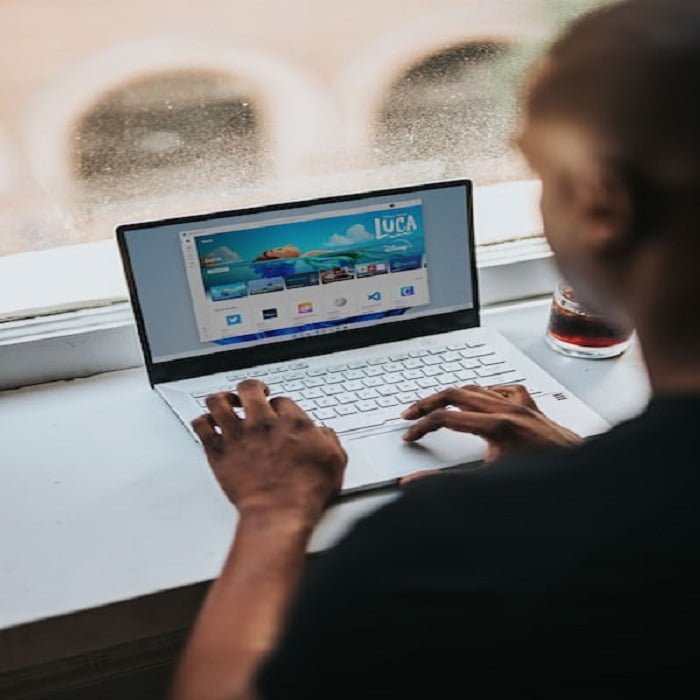

Why you need to do a Reset on your Fitbit.
Before we delve into the intricacies of resetting a Fitbit, it’s essential that we first comprehend why such a thing might be required. The Fitbit devices may encounter problems – just like any other electronic devices, and these malfunctions can make the devices incapable of working under specified conditions. Resetting your Fitbit can solve these problems and also keep its work maintain the best situation. Here are some common scenarios in which resetting your Fitbit is essential: Here are some common scenarios in which resetting your Fitbit is essential:
1. Syncing Problems
Syncing errors (most frequently) in Fitbit version is one of the most common topics related to the user experience with the wearable. If your Fitbit is struggling to track your activity and work regularly with the app or with your smartphone, a reset will usually fix it.
2. Software Glitches
Software glitches may result in a broad scope of issues, such as unresponsive screens and faulty data recordkeeping. Fitbit may get glitches and you may encounter a few of these issues by resetting your device again which will clear the issue.
3. Offered For Resale or Donation – Your Fitbit Is Ready.
It’s advisable to reset your Fitbit device if you are running on an older model and to trade it or give it to someone else for a newer one. That is why all your personal data is removed permanently from the phone and the new owner can set it up as new one.
4. Improving Battery Life
With time, the battery life of your Fitbit might become less excellent. A reset is a good way to get longer battery life and better general performance of a device.
5. Unresponsive Buttons
When your Fitbit buttons stop responding, try resetting as a first-aid treatment.
Different Models, Different Methods
Fitbit has diverse models with different special features and design characteristics. Even though the general idea of resetting a Fitbit stays the same, different models have various approaches.
1. Fitbit Versa Series
Fitbit Versa series is well known for its versatility and sleek design. To reset a Fitbit Versa, follow these steps:
- Hold the left button and the right bottom button at the same time.
- After a few seconds, you’ll notice the Fitbit logo, meaning the device is rebooting.
2. Fitbit Charge Series
Fitbit Charge line is preferred mainly for its simplicity and accurate tracking. To reset a Fitbit Charge, do the following:
- Plug your charger into a USB.
- Charge your Fitbit.
- Press and hold the button on your Fitbit for approximately 10 seconds.
- Unplug the Fitbit from the charger to complete the reset.
3. Fitbit Sense
Fitbit Sense is one of the most sophisticated Fitbit models that come with sensors to manage stress and ECG. To reset a Fitbit Sense, use the following steps:
- Launch the Settings app on your Sense.
- Scroll down and tap on “About.”
- Tap “Factory Reset.”
- Confirm the action.
4. Other Fitbit Models
Most Fitbit models reset by pressing and holding certain buttons. This is usually explained in the user manual that comes with your device. Make sure that you check the Fitbit website or the user manual for the exact reset instructions for your particular model.
Now we will go through the resetting procedure of most Fitbit devices.
Step-by-Step Guide: How to Restart Your Fitbit
Before starting the reset process, make sure that your Fitbit device is charged and paired with the Fitbit app on your mobile device. Here’s a general guide for resetting most Fitbit devices:
- Open the Fitbit App: Open the Fitbit app on your mobile device and ensure that your Fitbit device is connected.
- Access Your Device Settings: Tap on your Fitbit device to open its settings.
- Locate the Reset Option: Scroll down or look for “Device” or “General.” In this section you should see the option for “Reset” or “Factory Reset.”
- Initiate the Reset: Click on “Reset” and the app will lead you through the reset process. You might be asked to double-check your option.
- Follow On-Screen Instructions: Fitbit will take you step by step through the reset process on the screen. It would involve steps such as pushing buttons or tapping on the screen in a certain order.
- Wait for the Fitbit Logo: Upon finishing the given instructions, your Fitbit will show the Fitbit logo, which means that the reset process is on.
- Finish the Setup: The reset will be done after which you will need to go through the initial setup which involves connecting your Fitbit to the mobile app and entering your personal information.
However, please note that the exact steps may differ depending on your particular Fitbit model. Always refer to the Fitbit website or your device’s user manual for detailed guidelines model-by-model.
Special Cases and Troubleshooting
In most cases, the general reset method that is already described is sufficient. However, there also might be special cases or challenges which require you to reset your Fitbit differently. Let’s address some of these scenarios and provide troubleshooting solutions:
1. RESETTING A FITBIT WITH A SCREEN THAT DOESN’T WORK
If your Fitbit’s screen is broken or unresponsive, you can reset it using the mobile app:
- Open the Fitbit app.
- Tap your Fitbit device.
- Scroll down and click “General”.
- Select “Factory Reset” and then confirm.
2. UNRESPONSIVE ELEVATOR BUTTONS DURING RESET
If your Fitbit’s buttons are not responding during the reset procedure, try the following:
- Make sure your Fitbit is fully charged.
- Ensure that you are pushing and holding the right buttons for your camcorder.
- Try the restart multiple times, because it may take some tries.
3. HITTING RESET KEY DOES NOT FIX THE PROBLEM.
When you’ve done the reset procedure and your Fitbit is still not working right, it is probably time to contact Fitbit’s customer support or visit an authorized service center for professional help. There might be latent hardware problems which necessitate professional diagnosis.
Precautions and Data Backup
- Backup Your Data: Make sure your data is backed up prior to resetting your Fitbit. Fitbit devices usually sync data with the mobile app, but it will be more effective to manually check if all your recent activities, sleep patterns, and other data are synchronized.
- Remove the Device from Your Fitbit Account: If you are going to sell or give to other people your Fitbit device then you should unlink it from your Fitbit account. This way, your data is not accessed by the buyer and a fresh start is given to him.
- Charge Your Fitbit: Make sure the Fitbit device has enough charge before restarting it. Some of the models require a minimum charge to execute a successful reset.
- Consult the User Manual: Always refer to the Fitbit user manual or the official Fitbit website for the reset process that is specific to the model of Fitbit you own if you have any doubts. By following the manufacturer’s guidelines, you will be going through the right procedure.
In summary, knowing how and when to reset your Fitbit smartwatch or tracker is necessary for troubleshooting common problems and maintaining the device’s maximum performance. By using the correct processes for your model and taking the necessary steps, you can solve problems, improve the battery life, and prepare the device for a new owner if necessary. Stay connected, stay healthy, and use all the features that Fitbit offers.



![How to Split Screen on Chromebook [3 Easy Ways]](https://mp3ovi.com/wp-content/uploads/2023/10/How-to-Split-Screen-on-Chromebook-3-Easy-Ways.jpg)



